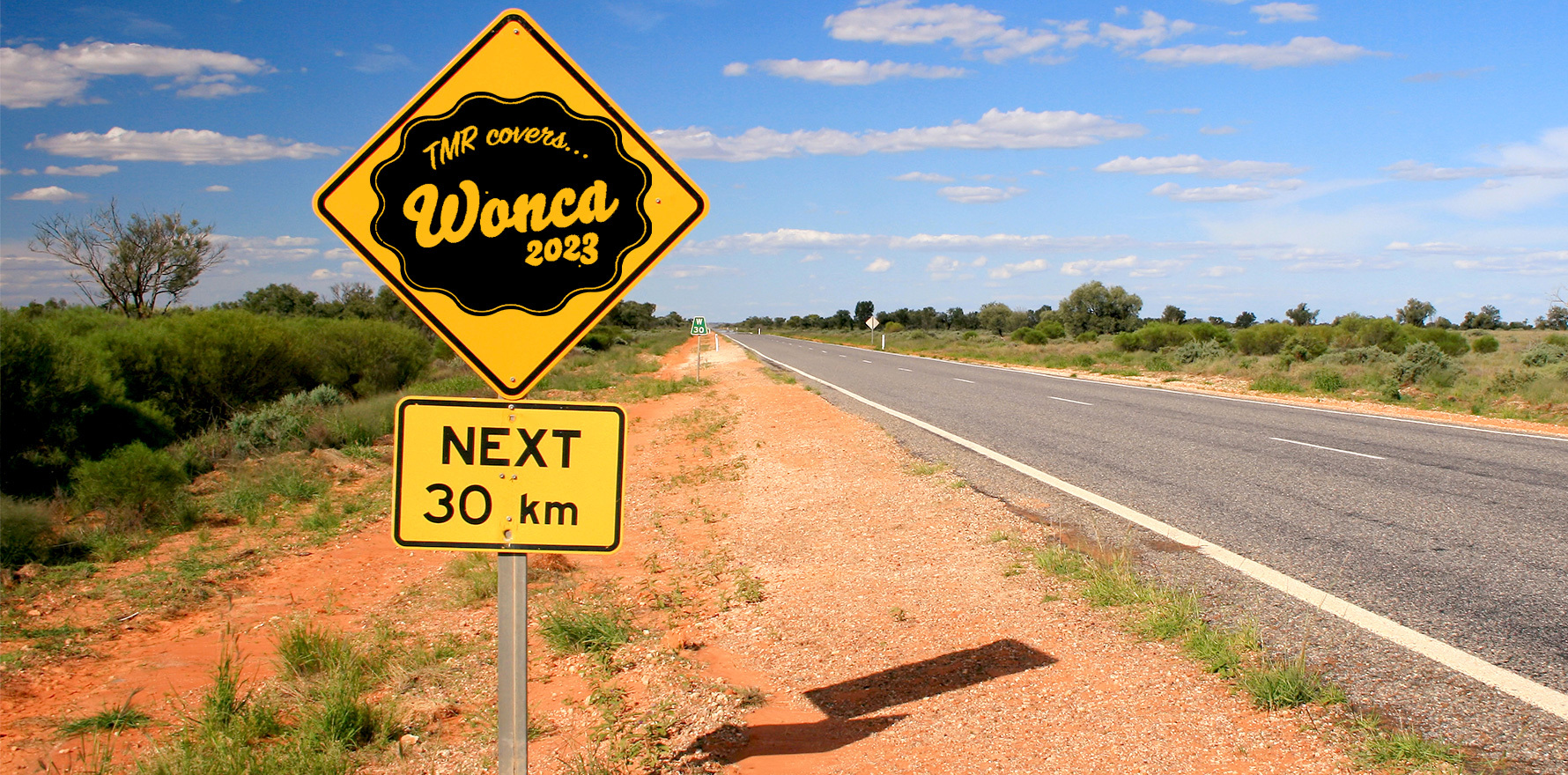For Dr Jim Muir, being thrown in the deep end sparked the idea for a national teledermatology service.
Three weeks as a young rural GP almost broke Jim Muir, but the experience sparked the idea for a teledermatology service to help cut the vast distances between rural and remote patients and dermatologists.
Just two years out of medical school, Dr Muir was thrown into the rural deep end, he told the WONCA conference in Sydney last week in a packed session where doctors were turned away at the door because all seats were taken.
The young Dr Muir replaced a GP called Bruce who “did everything” but was about to take three weeks’ leave.
“First day there, Bruce comes up to me, he’s got his catamaran on the back and he’s off to Noosa on a three-week break and I’m going to be him for three weeks,” said Dr Muir.
“Then he leans out the window and says ‘good news, there’s only 10 to 15 women due in the next month’.”
“So I went to bed that night and the phone rings. And this voice says ‘Jim, the head’s on view’. Mrs Johnson’s delivering, you’ve got to come over.
“I picked up my ‘how to be an obstetrician book’, put it in my back pocket and by the time I got there, God was smiling on me and the baby was delivered.”
But when the placenta was retained, Dr Muir quickly solved the problem by asking the new mum to empty her bladder (after rushing off to hide in the toilet and consult his obstetrics book). From then, his “reputation around town was gold”.
“This was the nascence of … the need for having easy access to reliable advice,” he said.
Dr Muir later became a dermatologist and set up the dermatology support service Tele-Derm after working in Longreach, Mackay and Mr Isa and gaining a keen understanding of how isolating regional postings could be for doctors.
“It’s based on that experience, my three weeks as a rural GP, which almost killed me. I still wake up screaming about it,” he told the conference.
Tele-Derm gives doctors clinical support, helping to breach the vast distances between dermatologists and patients in remote areas and reduce wait times.
For many patients, the distance to the nearest dermatologist can be hundreds of kilometres.
“Even in the greater region of Sydney there’s limited access to dermatologists and of course, dermatologists cost a lot of money.”
It’s been 20 years since Tele-Derm started and it now assists with more than 400 teledermatology cases per year and has more than 4900 registered users and 1300 case studies, plus a huge database of clinical photos.
“I used to be visiting dermatologist,” Dr Muir said. “Do you want to drive from Longreach to Brisbane for 12 hours? That’s the nearest dermatologist.
“That’s why we came up with Tele-Derm. Our aim is to provide online educational and consultation services and dermatology and reduce professional isolation.
“If you’re a GP by yourself and you’re 26 years old, you’re isolated. I only lasted three weeks.”
A survey of Tele-Derm users found that 35% were registrars, 86% wanted help with a diagnosis and 9% wanted advice with surgical issues such as performing skin biopsies and getting step-by-step guidance on what equipment they need and where to mark the skin.
“I got haematologists to refer patients to me to do a skin biopsy. Haematologists, I said, hold on, don’t you guys do bone marrow biopsies? I said well, before it gets hard, stop pushing,” Dr Muir said.
“(Tele-Derm) is designed for someone who’s never done a biopsy in their life.”
About one in five cases were referred to a specialist, Dr Muir said.
GPs can send photos in for review and advice, such as a patient who lived 2200km away from a dermatologist and had larva migrans, which is “diagnosable at a glance”. That patient was treated with ivermectin and got better, Dr Muir said.
“If you’ve seen it, it’s a diagnosis you make when they’re sitting in the waiting room. If you’ve never seen it, you’ll never make the diagnosis because it’s not that common,” he said.
Dr Muir said the first question he asked in teledermatology consultations was always “describe the changes you’re seeing”.
“If they can’t describe what they’re seeing, they haven’t seen them. Thinking about what they can see means they can see all the features that are there,” he said.
“It teaches them the clinical skill of observing. It’s very hard to teach dermatology online, I would say impossible. It’s got to be there in the room with someone who knows what they’re doing.
“Teledermatology doesn’t have to be better than face-to-face, it just has to be better than what’s currently available.”
Dr Muir ran the mostly GP audience through several Tele-Derm case studies featuring extreme close-up photos and excision videos (which don’t phase doctors at all but turn journalists green).
The dermatologist awarded prizes to those who correctly identified conditions such as telogen effluvium, larva migrans, scurvy, diabetes and shitake mushroom allergy. One patient with a long history of skin cancer had a large hand lesion that turned out to be a severe reaction to a bite from his pet fish, a Red Devil.
Dr Muir gave one audience member a prize for raising her hand to admit that babies with rashes made her anxious. “It makes you anxious, doesn’t it, because they tend sometimes to be serious”.
Clinical observation was key and a dermatoscope wasn’t always needed, Dr Muir told the audience regarding one case study.
“You don’t need a dermatoscope, you need clinical observation,” he said.
“[If you have a] nervous disposition, the dermatoscope is a fantastic thing to have, but you don’t need a dermatoscope to know that that thing needs to go.”
And Dr Muir said algorithms were useful, but often a diagnosis could be made straight away.
“I guarantee that most of you will have made a diagnosis based on gestalt within a couple of seconds. And remember your diagnosis doesn’t have to be accurate, it’s just got to be appropriate for management,” he said.
“I personally don’t think people should get too caught up in this whole benign-malignant ratio.
“No one’s ever died from having a benign lesion excised. Lots of people have died from having a malignant lesion in place.”
Dr Muir described another case of a woman who said she was bitten by a white-tailed spider and presented with lesions and tingling, but a swab revealed she had herpes with a secondary infection.
“It’s never a spider bite,” Dr Muir told the audience. “It’s always something else. And it’s never a bloody white-tailed spider.”



